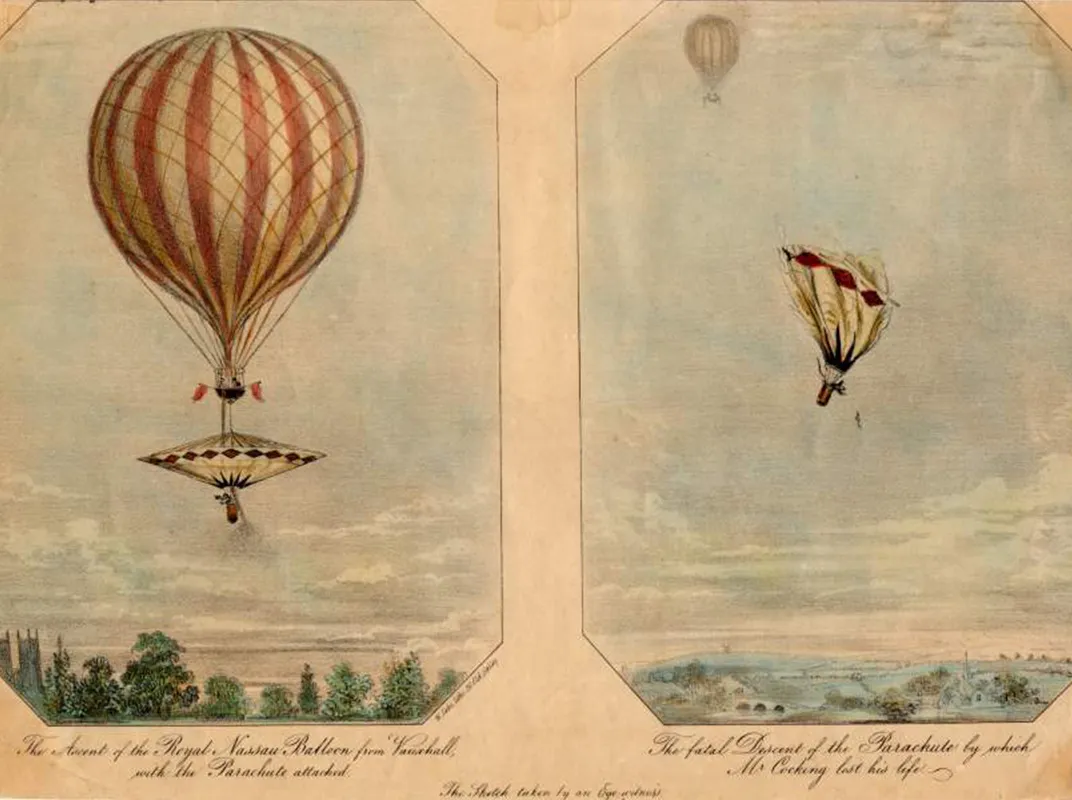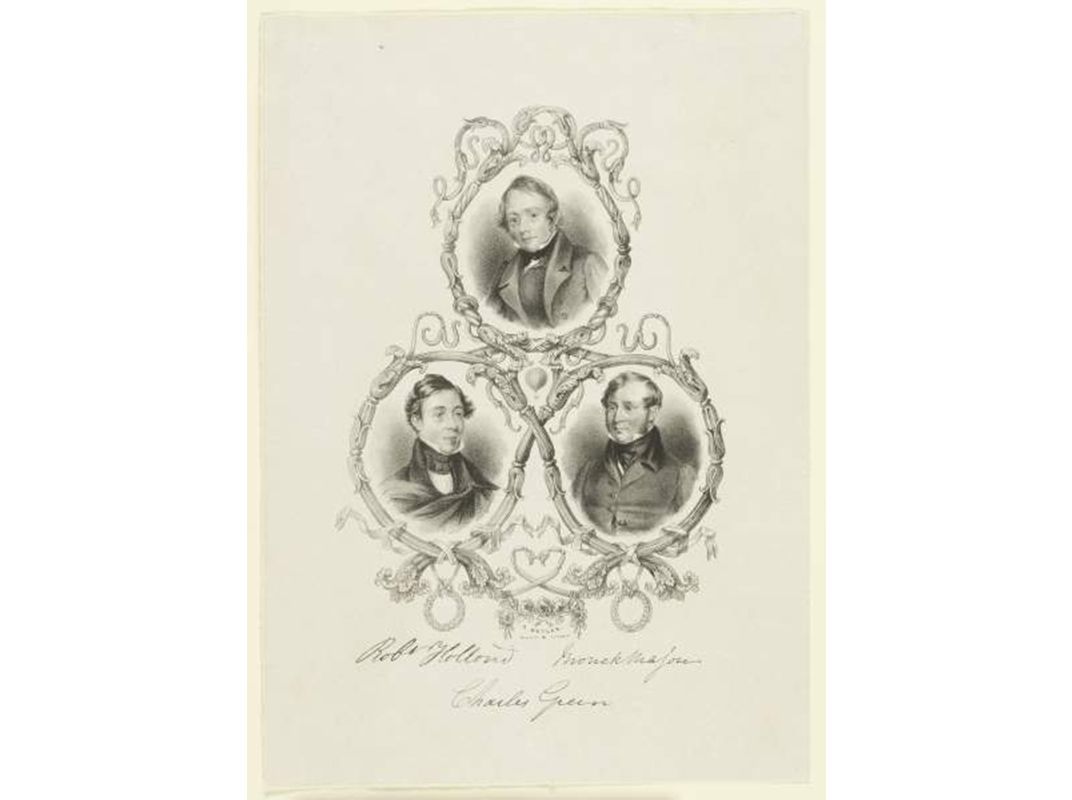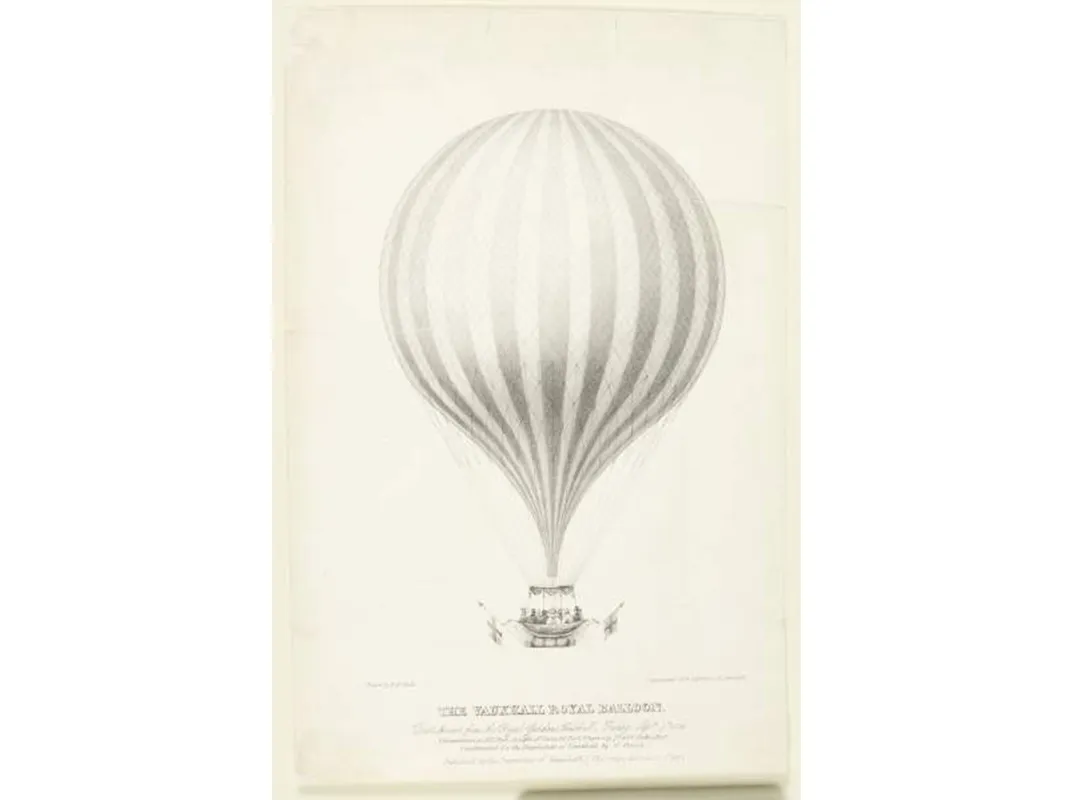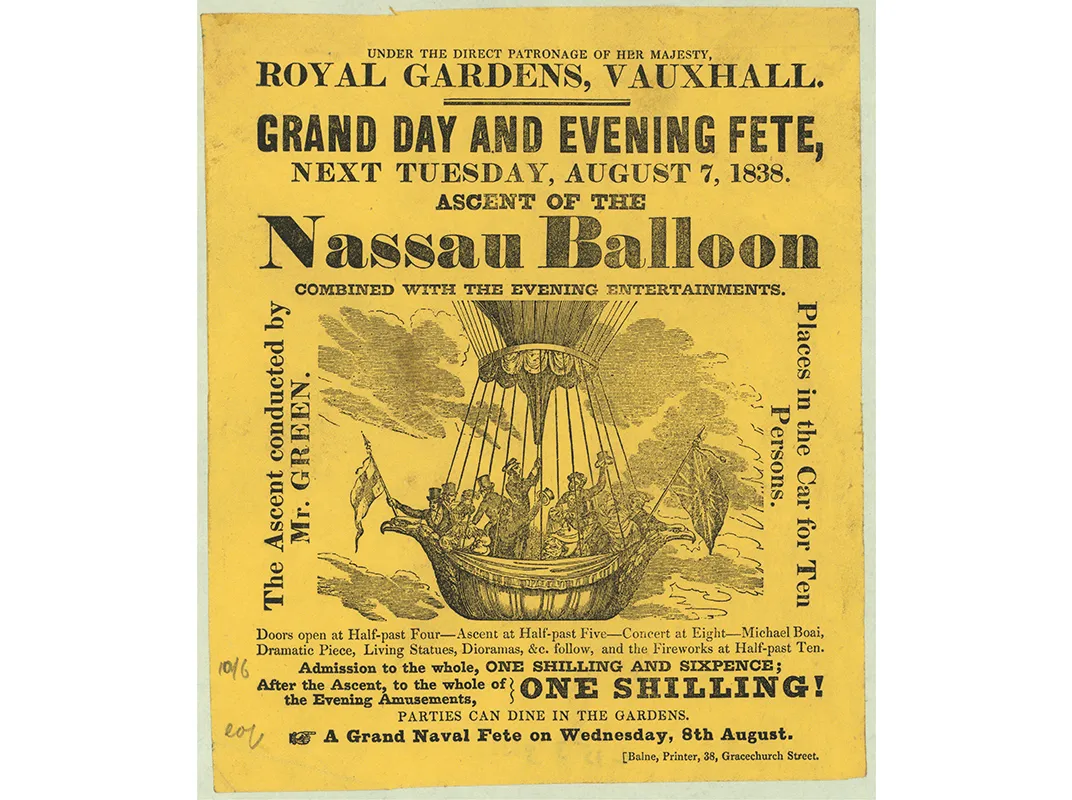A Picture History of One of the World’s Greatest Hot Air Balloons
Designed by Charles Green, the Great Nassau was big enough to capture the imaginations of an entire country
/https://tf-cmsv2-smithsonianmag-media.s3.amazonaws.com/filer/d4/56/d4564a9c-7397-4084-a82d-b2d7b28a6e72/nasm-373df877e9a42_001-wr.jpg)
Balloons were a big deal in the nineteenth century. Giant and improbable, floating through the air they were filled with more than just air: in the eyes of the Victorians, they flew with the promise of a future of flight.
“When the first balloon rose over the rooftops of Paris in the late 18th century, enormous crowds gathered to watch,” writes the Smithsonian Institute in a press release. “The phenomenon spurred a new age of aeronauts dreaming of what else could fly.”
That fascination lasted for more than a century, and no balloon captured the imagination more than the Great Nassau, designed by pioneering British balloonist Charles Green, who was born on this day in 1785.
Green was an innovator who pioneered the use of coal gas instead of hydrogen gas to power balloons, as well as the use of the guide rope, a way of controlling the otherwise-unsteerable balloon’s progress using, literally, a long rope. Coal gas made inflation faster, caused less damage to the silk balloons and was much less expensive, write historians Eric Hodgins and F. Alexander Magoun.
The images below tell the story of the huge balloon which floated over London’s Vauxhall Gardens: First called the Vauxhall Royal Balloon, it was rechristened the Great Nassau after a record-setting flight to Nassau, Germany.



